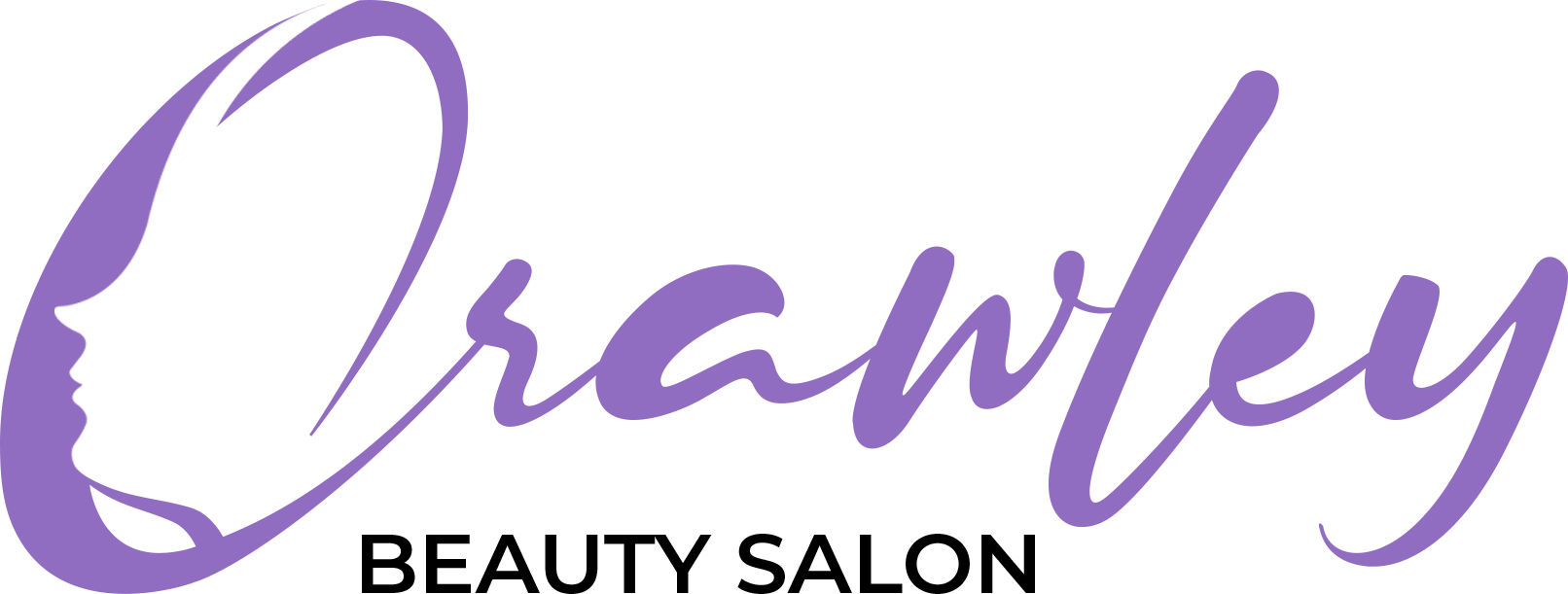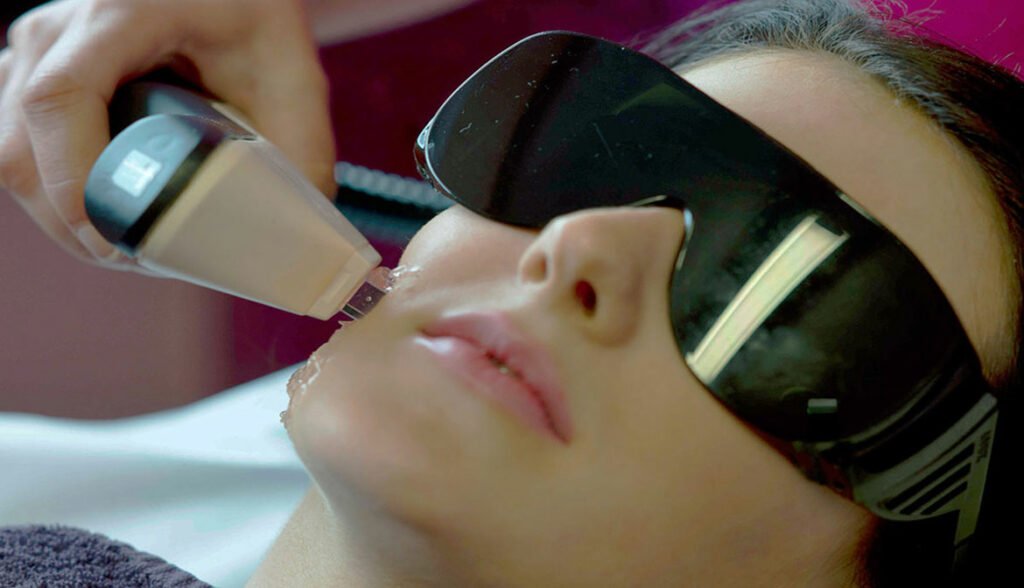Table of Contents
IPL and laser hair removal
When used as hair-removal methods, both lasers and intense pulsed light (IPL) use light to heat hair follicles and prevent regrowth.
While similar-sounding, the technology used by each isn’t, with the critical difference being the light source used.
To help you identify which hair-removal method is right for you, Lucy Xu, skin specialist and founder of London Premier Laser and Skin Clinics, and Dr Salinda Johnston of Candela Medical explain what you need to know about both treatments.
Laser hair removal explained
Xu explains, “Laser treatment affects hair in the active growth phase (anagen stage).
The laser beam is made up of precisely controlled pulses of energy absorbed by the melanin or pigment in the hair, reaching into the active hair follicles beneath the skin.
” Essentially, the energy heats the hair – right down to the bottom of the root – safely destroying it without damaging surrounding tissue or skin. “This process is also called photothermal destruction,” she adds.
“Most people will need a course of between six and eight sessions, after which time the hair will be visibly reduced or permanently removed, and the skin will appear smooth and even.”
IPL for hair removal explained
IPL technology – also known as intense pulsed light technology – is not a laser treatment, Xu clarifies. “In contrast to laser hair removal, it uses a broad spectrum of light with multiple wavelengths. This means it has more unfocused energy around the hair and skin area.
” So, IPL uses multi-spectrum lights whereas laser use single spectrum light, “meaning IPL energy is scattered and much weaker. Laser has a densified light, and all energy is focused on this single light.”
When it comes to IPL, Xu explains the science.
“Spectrum lights are measured as wavelength (nm); for example, 755nm wavelength means this spectrum light can penetrate 755nm deep beneath the skin. 755nm wavelength light is best attracted to melanin, so it is best used for hair removal.
532nm means light can reach up to 532nm beneath the skin.” Red cells in the blood have the highest absorption of this light, so IPL is very effective at treating the appearance of superficial broken capillaries.
Dr Johnson reiterates that, unlike laser treatments which emit a specific wavelength, IPL works by emitting scattered wavelengths of light.
“Various cut-off filters are commonly used to selectively filter out unnecessary wavelengths to target specific structures and chromophores.
This can be melanin in hair or on the skin in pigmented lesions or oxyhaemoglobin in blood vessels that appear as broken capillaries. In more severe cases, this can be rosacea,” she explains.
This makes IPL a gentle and effective treatment for those suffering from rosacea and facial flushing, and hair removal.
When used for hair removal specifically, IPL usually requires six to eight treatments to see a complete removal of hair in an area.
“This is dependent, however, on the person’s skin colour, hair colour, and the hair’s thickness,” adds Xu.
Which is better for hair removal, IPL or laser?
Xu says: “Typically, IPL technology will require more treatments and may produce less effective hair reduction.
However, new laser technologies we work with within the clinic are more advanced and effective than IPL counterparts with less discomfort (as they are fitted with integrated cooling systems).
In addition, it means our machines can treat a wider range of skin and hair types than an IPL would.” For that reason, they utilise IPL for greater purposes such as skin rejuvenation (as mentioned above).
While the skin care specialist feels that if people want to remove excess hair, then the true laser is the best option, she does say that “both lasers and IPL are effective when being delivered by a qualified laser practitioner”.
Both experts agree that it is essential to discuss your specific concerns with your aesthetic practitioner and consider your skin type so that they can advise you on the best course of action.
What is the best laser for hair removal?
“We use the most advanced laser hair machines to deliver optimum results; Candela and Cynosure are two of the leading, most trusted suppliers of laser technology in the laser hair business,” says Xu.
“The technologies combine both an Alexandrite laser which is great for treating lighter skin types, and an Nd:YAG perfect for treating dark skin.”
It depends on the equipment if all hair colours and skin types on the Fitzpatrick skin scale can be safely treated (based on the science, the light needs to be attracted to melanin).
“So, everyone is recommended to have a patch test and consultation with your therapist beforehand to identify what’s best for them.”
What does laser hair removal entail?
Dr Johnson explains: “When we use the device Nordlys by Candela on our clients, they generally require six to eight treatments.
The patient will need to come in every four to eight weeks (depending on the area of the body) in which only the hair in the anagen stage will successfully be damaged.
Patients can shave between treatments, which encourages the damaged follicle to shed.”
She stresses that it is essential to refrain from having the area exposed to any sunlight, and as part of your daily routine, to keep the area protected with an SPF of 30 or over.
Who can and can’t receive IPL and laser treatments?
Dr Johnson notes that both treatments are suitable for most males and females over 18 years.
“Medical conditions are always discussed during your consultation, and therefore any contraindications which may compromise the treatment will be presented.”
Certain conditions prevent clients from being treated with light-based technology, Dr Johsnon adds. “Often, they are related to medications that cause light (photo) sensitivity or for pregnant or breastfeeding women.”
How much do laser hair removal and IPL cost?
Prices can vary greatly depending on location or technologies used. “IPL will typically be cheaper than laser given that the results are less effective and in the long run would require a lot more treatments,” Xu notes.
To give you an example, this is what True Laser charges for commonly treated skin areas should a client buy a course of eight laser hair removal sessions: underarms, £35; Brazilian, £50; lower legs, £75; men’s back and shoulder, £115.
For a high street clinic offering IPL expect to pay £40+ for underarms, £30+ for standard bikini and £50+ for lower legs, although most clinics will offer packages for a course which give better value at around 30 per cent off.
BY BRIDGET MARCH AND ROBERTA SCHROEDER
You can book a free consultation with a Crawley Beauty Salon clinician or request a callback by completing our simple form below.



